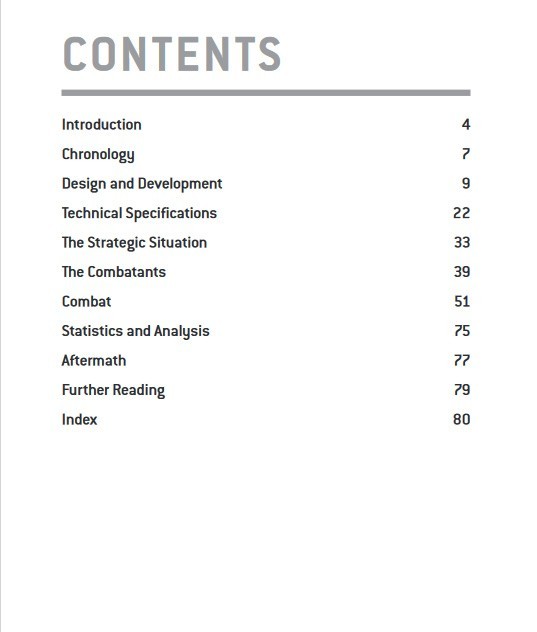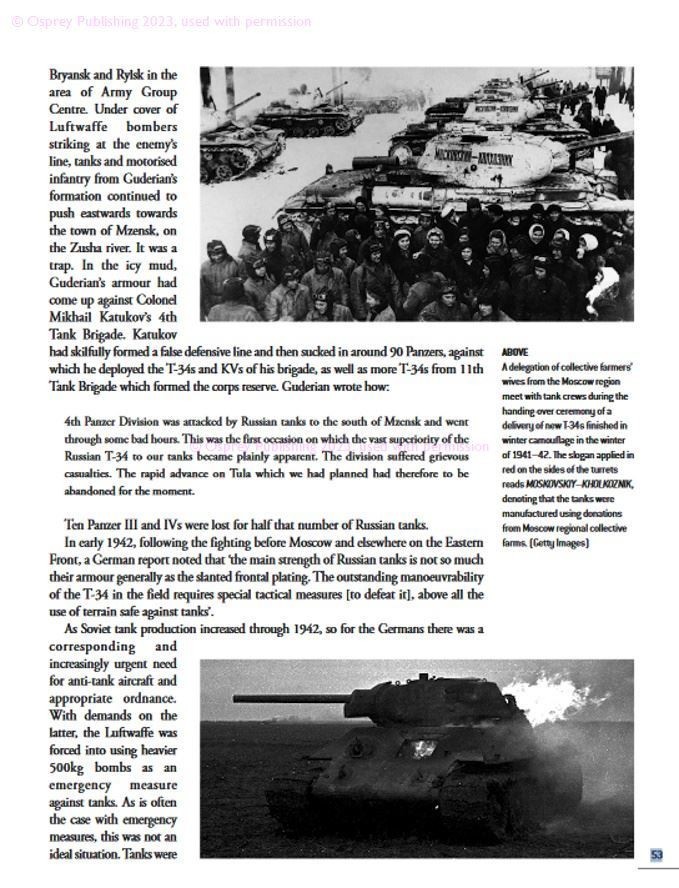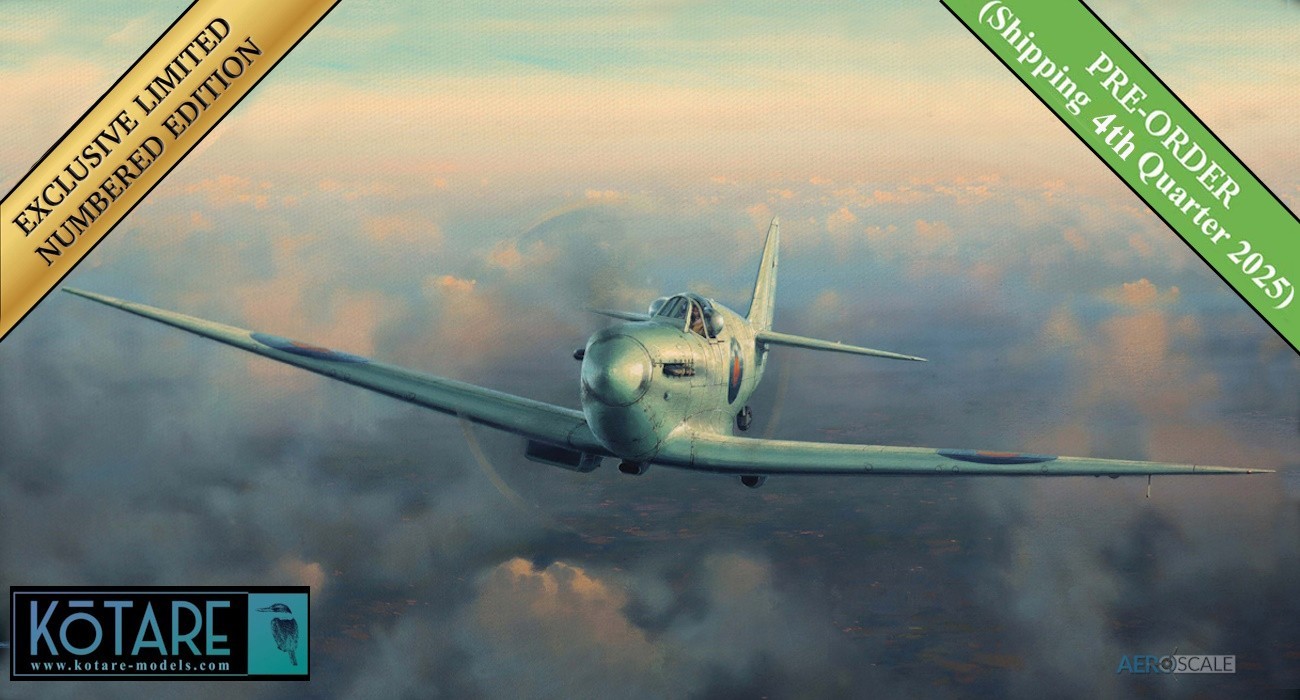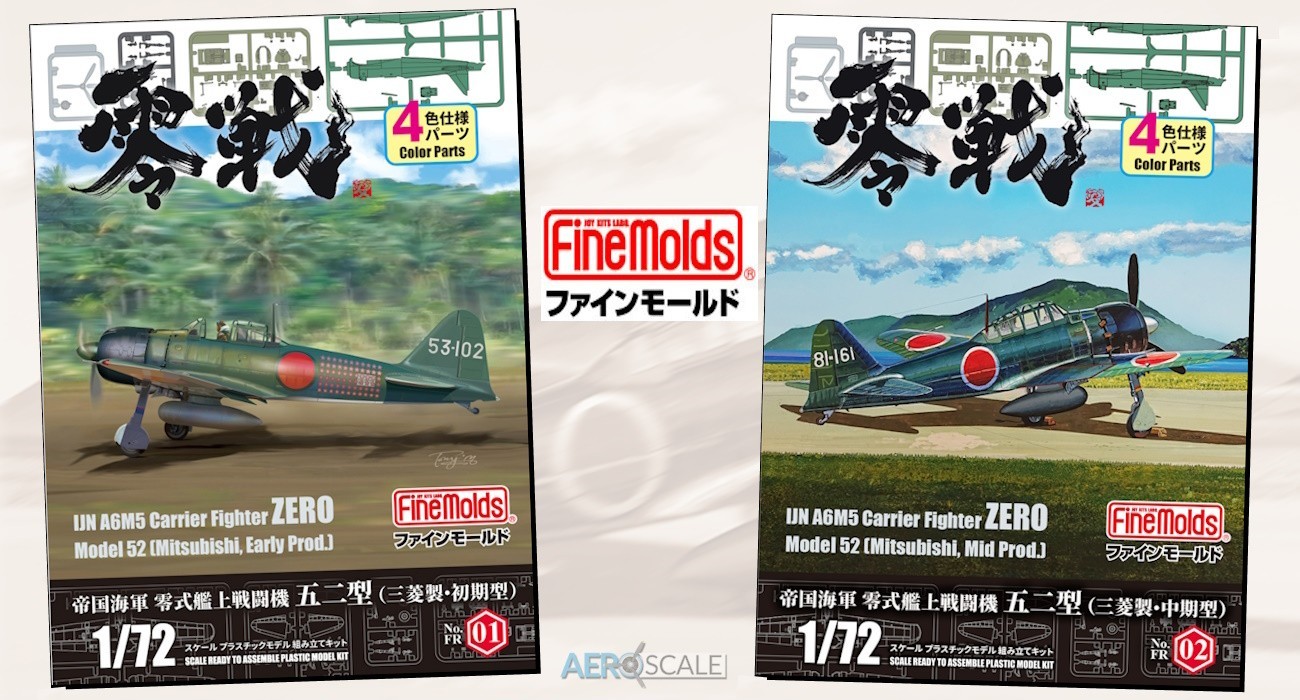
Introduction
Ju 87D/G Stuka versus T-34 Eastern Front 1942–45
Authored by Robert Forsyth, and illustrated by Jim Laurier and Gareth Hector, this 129th title of their Duel series is 80 pages of content including the index. Available in softcover, PDF and e-book, the soft cover is catalogued with ISBN 9781472854759 and Osprey’s Short code: DUE 129.
This book examines the effectiveness of the notorious Junkers Ju 87 Stuka against the main tank of the Red Army, the legendary T-34, across the steppes of Russia and eastern Europe. It covers the design of the T-34 and traces the development of the Stuka, from Udet’s promotion of dive-bombing, its concept and design, through its gestation and deployment. Stukas sank the Russian battleship Marat at Leningrad. Stukas sank Royal Navy warships off Crete and wreaked havoc at Dunkirk and the English Channel (at least until RAF fighters appeared), and they targeted Soviet tanks. This book examines how well Stukas performed against Soviet armor, especially after mounting 3.7cm cannon.
Duel books discuss the strategic situation that the opponents found themselves in, the training and equipment of the protagonists, and other factors to set the stage for the actual combat section of the book. It identifies important individuals in command of different units, or of notable achievement.
Osprey writes about this product:
In late 1942, as part of its attempts to strike back at ever-increasing numbers of Soviet tanks, the German air ministry authorised the development of an adaptation and enhancement of the longspan Junkers Ju 87D-5 Stuka dive-bomber. The aircraft was duly fitted with two underwing pods containing 37 mm BK cannon – an antiaircraft cannon with its origins dating back to 1933. The solid, slow, Ju 87 airframe offered the Luftwaffe an ideal platform for specialist, low level, 'tank-killing' operations.
Despite the wealth of experience possessed by some of the Luftwaffe's ground-attack and dive-bomber aces, knocking out T-34 tanks from the air was a demanding and difficult process. Nevertheless, some Luftwaffe pilots notched up impressive tank scores, and the Ju 87 is credited with the destruction of more than 100 tanks across the central and southern sectors of the Eastern Front, including during the Battle of Kursk.
Including personal accounts from Stuka pilots and biographies of the anti-tank aces, together with detailed photographs of the cannon installation into the Ju 87G and details of the construction of the T-34 illustrated using specially commissioned artwork, this book covers the epic clash of two legendary machines of World War II.
While aircraft armed with large cannon for ground attack/anti-tank work showed up in most air forces of the Second World War, and every country fielded some tanks, it seems that the Stuka vs T-34 chapter of the war holds the most interest. Modelers have a choice of “Cannon birds” (Kanonenvögel) and T-34s and this book should be inspirational for them. Let us see how this book recounts those fights.

Content
Ju 87D/G Stuka vs T-34 features not only raw technical data and combat accounts. It also provided interesting trivia, e.g., Russian Protective Green 4BO was both a primer and camouflage color. First-person accounts put us into the cockpit and tank crew, e.g., personal observations, such as a Soviet tanker of the superiority of British armor plate:
If a shell had gone through the turret of a British tank, the commander and the gunner could have stayed alive because there were virtually no splinters, while in a T-34 the armour would spall a lot and the crew had few chances of survival.
I think the book is clearly written and composed smartly. I don't recall any typos. While you will not find extensive' yank-and-bank' or 'churning-and-charging' stories, the text does present more than just dry statistics and engineering analysis.
Five pages of Introduction and chronology present an overview of how the Stuka and T-34 came to be, and how they fared as elements of warfare. Design and Development fills 13 pages, sectioned into two main subjects, Ju 87 – Emergence of A Dive-Bomber and T-34 –Inception and Emergence. In these paragraphs we are briefly introduced to Mikhail Ilyich Koshkin, designer of the T-34, and both Hermann Pohlmann and Karl Plauth, designers of the Stuka. The level of background detail includes mention of specific factories and test centers for the subjects. It even presents a look inside the political influences in designing and developing these antagonists.
Technical Specifications examines details about the models and variants, ranges and speeds, weapon loads, layout of the machines, radio types, mechanical systems, intercoms, as well as structure and armor, to name a subjects. Dimensions of the T-34 are in millimeters. Along the way we also learn of bombs Stuka used against tanks, the Streubomben (hollow-charge scatterbombs), hollow-charge SD-4-HL Splitterbombe, and Flammbomb (an incendiary bomb).
A great deal of technical trivia fills these pages, as we see in the author’s description of the T-34’s engine:
Power came from a V-2 12-cylinder, water-cooled diesel engine that produced 500hp at 1,800rpm at maximum power. The engine was mounted on two parallel frames held in place by 36 bolts. The V-2 was flanked by a water radiator on either side, parallel to the tank’s longitudinal axis, and two oil tanks were also bolted into sponsons either side. Behind the V-2 was the transmission compartment housing the engine fan, transmission, steering clutches with brakes, electric starter, drives and two fuel tanks.
Those chapters take up 34 pages before we are introduced to The Strategic Situation. This chapter presents production challenges, T-34 cannon choices, and the difficulty the Luftwaffe had in busting tanks. The Combatants examines recruitment, training, equipping, deploying and employing the men who fought the machines. Starting with Ju 87 Crew Training we are introduced to the German pilot pipeline and several Stuka pilots, and several fascinating first-hand accounts;
We approached our target at an altitude of 5,000m, extended the dive brakes shortly before the target, then brought the target into the lower cockpit window below our feet. When it disappeared at the rear edge, we put the aircraft down at a dive angle of 70 degrees. With the fuel shut off,the aircraft quickly gained speed by its own weight, whilst the dive brakes kept it at a steady pace of 450km/h.
Another trainee pilot wrote of the intimidating steep dive angle and estimating the correct height for bomb release, especially compensating for altimeter lag.
The pilot, therefore, had to rely mainly on his own judgement as to his altitude – or lack thereof!
In T-34 Crew Training the author presents a dichotomy of the Soviet system compared to the Germans;
The ‘physical fitness’ programme undertaken by Bryukhov and his comrades consisted of running from the camp to a nearby forest and then returning with logs. As the forest cleared, the runs became longer. The work teams were offered a bath every three weeks. Sustenance comprised bread, beet root soup, a form of porridge, potatoes and herrings, but no meat. After a while, a number of the recruits fell ill through malnourishment, cold and exhaustion, but eventually work on the camp was completed and the ‘training course’ turned to more military matters.
Short biographies are included for Stuka pilot Alwin Boerst, and T-34 commander Mikhail Yefimovich Katukov.
Combat
Interesting and informative as the above is, Combat is the main event for many readers. More than a quarter of the content covers operations of Stukas against Red Army tanks. Development of the tank and Stuka continues to be described, as well as evolution of tactics, performance of the weapon systems, and overviews of campaigns and battles. More first-hand reports are included;
The whole countryside is veiled in a thick dust haze – you have to climb to about 2,000m to reach the clearer air. Over the battle area, the cloud of smoke and dust from the moving tanks and troop columns and from the fires and explosions is so thick that it’s extremely difficult to find your way or locate the target. You see tanks crawling over the Steppe: are they ours – or theirs? It is so difficult, and so important to make sure.
Such difficulties are discussed as well as tactics. Finally, Statistics and Analysis and Aftermath present interesting data, and the thoughts of the author.
Photographs, Artwork, Graphics
Photographs
Many of those images are excellent source material for detailing your models, and cry out for a diorama, i.e., mechanics using a tripod hoist with a block and tackle to change the engine of a Stuka; tank riders clinging to a T-34. We are treated to a few original color images of Ju 87s. Each photos is explained with captions of varying length and depth. The majority of the photographs are clear and easily viewable; however, a few have an out of focus look to them and some appear to be too dark, and others appear too light. This is typical for the discussed period of history and the quality of the photographs are of no fault of the authors and do not take anything away from the book.
Artists Jim Laurier and Gareth Hector created illustrations that help present what the camera missed. The artwork is nicely rendered and clear.
1. Two-page combat scene: Ju 87Ds of the Gruppenstab II./StG 2 carry out a low-level bombing attack on Soviet T-34s.
2. Ju 87D-5 Cockpit, keyed to 49 components.
3. Soviet tactic to erase tank tracks from snow: shown from overhead.
4. Ju 87D-3 Wk-Nr 786 T6+MH, 4./StG 2, Operation Blau, 1942: in profile, planform and head-on.
5. T-34/76 1943 Model (UTZ 183), 4th Guards Mechanised Corps, 3rd Ukrainian Front, Romania, 1944: seen from the front, rear, in profile.
6. SC 250 and SC 500 Bombs: shown looking up at the underside of a Stuka.
7. Flammbomb and SC 250 Bombs: shown looking up at the underside of a Stuka.
8. Bordkanone 3.7 Automatic Cannon: shown looking up at the underside of a Stuka.
9. T-34/76 Turret: looking down at one with the top off revealing interior and one with a top; keyed to 12 components.
10. T-34/76 Hull: looking down into the interior, keyed to 16 components.
11. Engaging the Enemy: a standard of Duel books, this image depicts firing upon a T-34, as seen through the pilot's eyes.
Those are useful and interesting subjects.



Conclusion
I can imagine Ju 87D/G Stuka vs T-34 will become a favorite Osprey title for modelers and enthusiasts of tankbuster aircraft and their prey. The new 1/35 Ju 87 was released as a Kanonenvogel and I can not recall any kit maker cataloguing a Ju 87 that does not offer a Ju 87G. The T-34/Stuka is an icon of the anti-armor ground attack story. With as much detail as can be expected in an 80-page book, reinforced with photographs and artwork.
I think this is a good book and recommend it.
Please remember to mention to retailers and Osprey that you saw this product here - on Aeroscale.




























